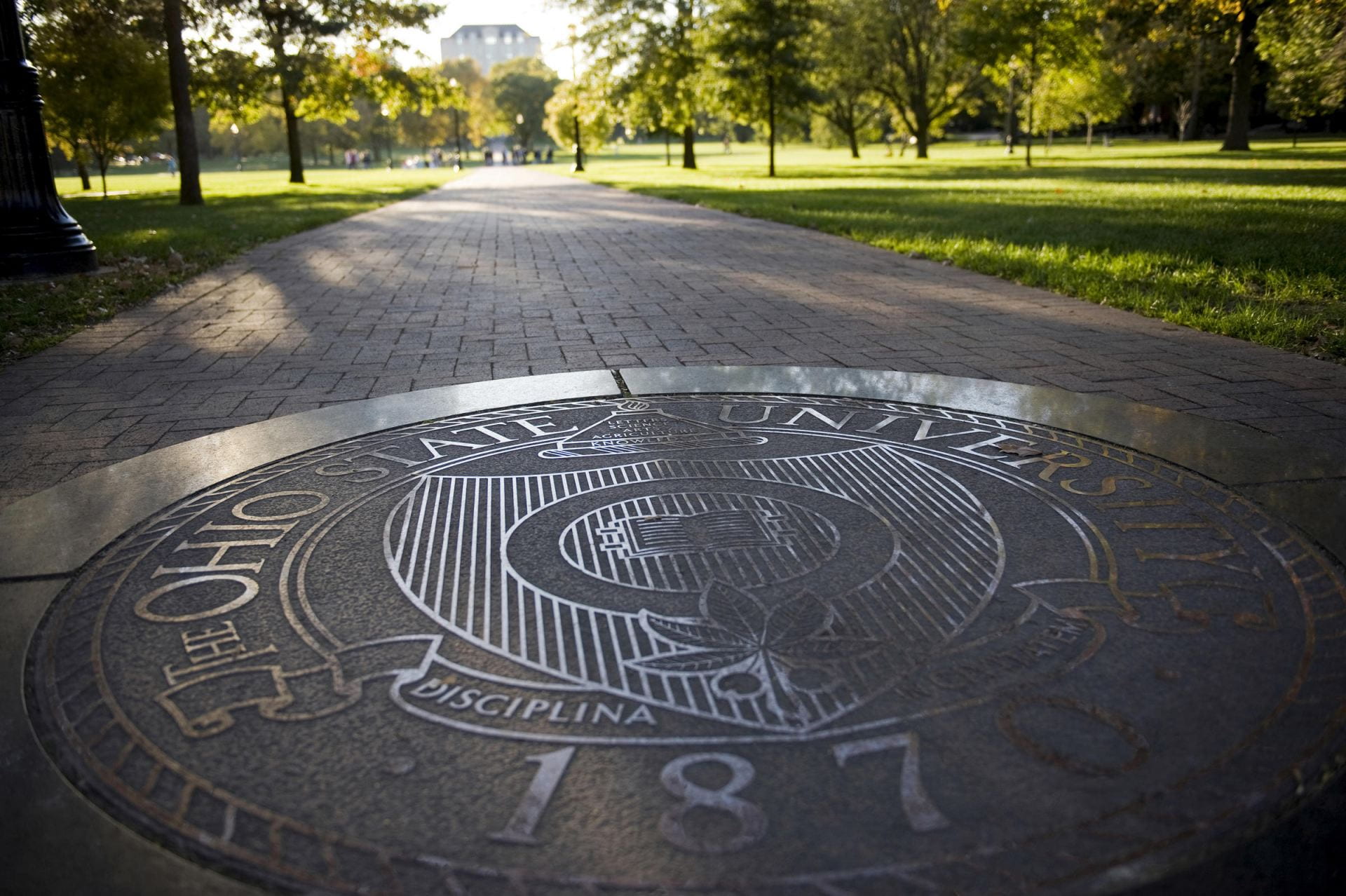
Ohio Prison Education Exchange Project provides students inside and outside of prison walls with community and unconventional educational opportunities. Credit: Lantern file photo
Ohio State’s Ohio Prison Education Exchange Project provides students inside and outside of prison walls with community and unconventional educational opportunities.
The project connects traditional students on campus with students in Ohio’s prisons, Tiyi Morris, the project’s co-director and associate professor in the Department of African American and African Studies, said. With the project’s Inside-Out Prison Exchange Program, all students earn academic credit with the university while completing coursework inside Ohio’s prison system.
“The Ohio Prison Education Exchange Project is designed to increase pathways to higher education for justice-involved individuals,” Morris said. “We use a Black feminist, intersectional, abolitionist kind of ideology to undergird all of our work and our approach to increasing access to higher education.”
The university offers free tuition for students within the prison system who complete the Ohio State application process for the semester and are enrolled as non-degree-seeking students, Morris said. If they enroll at Ohio State down the road, the credit they earned through the program can be applied toward that degree. All students are responsible for the same course content and assignments.
“We’re not there to interrogate or interview or focus on why those individuals are incarcerated,” Morris said. “But it’s really about creating a community of collaboration and community of scholars where everybody is bringing their different experiences to their interpretations and understanding of the material.”
Morris said the project is currently focused on its Inside-Out Prison Exchange Program, which delivers coursework from university instructors to students inside Ohio’s prisons and on Ohio State’s campus. The program was brought to the university in 2009 by Angela Bryant, an assistant professor in sociology. Morris has been teaching courses for the program since 2019, she said.
Morris said the Inside-Out program intends to break down barriers between people on both sides of the justice system, combatting stereotypes that might exist about incarcerated people and college students.
“Being in that space allows us to see past those and see people’s individuality, their humanity and have a better understanding of each group,” Morris said. “In spite of how vastly different our experiences are, oftentimes there is very little that separates us and distinguishes us from people who are incarcerated.”
In May, Morris said the project added 22 more faculty members to its program.
“We have faculty from five of the OSU campuses who have been trained in a range of disciplines, from art to math to English to even someone from the medical school,” Morris said.
Maria Sanchez Boedo, a second-year in neuroscience, said she will take a course on the Civil Rights and Black power movements next semester, which is taught by Morris at the Ohio Reformatory for Women.
“Although there may be some hesitation with taking a class in a different environment, I believe that it is important to not stay in your own bubble and look at realities that are all too easy to ignore otherwise,” Sanchez Boedo said. “Quality education is a right for everyone, and I am so excited to be a participant of a program that furthers that mission.”
Other spring courses through the program include “Space, Power and Political Geography,” “The Philosophy of Happiness,” and “Feminist Perspectives of Incarceration in the US,” the latter of which has already reached its maximum enrollment, according to the project’s website.
Morris said some of the courses focus on supporting the university’s goals of “education for citizenship” and empowering students to be active participants in a democratic society.
As a byproduct of learning within prison spaces, campus students also learn the realities and impacts of a carceral state, which disproportionately affects people of color and those who are poor or with mental illnesses, Morris said.
Sanchez Boedo, who is considering a future in law school and a career as a defense attorney, said her course through the program will provide a snapshot into the conditions and experiences of people who are incarcerated.
“I think it is all too easy to ignore the injustices you don’t see or hear about often,” Sanchez Boedo said. “I hope to become more educated on the injustices that impact education access at prisons, and conditions at prisons as a whole.”
Morris said the project’s long-term goal is to create an embedded degree program at the Ohio Reformatory for Women and at a men’s prison in Ohio, first by creating an associate’s degree program and then building up to a bachelor’s program. She said the project hopes to expand its support of incarcerated students who have disabilities and increase support for all students after their release from prison.
“[The project] is also guided by abolitionist ideologies, wanting really the dismantling of the entire prison system, but also understanding that in the interim, we see it as our responsibility to try to create liberation within the carceral institution where we can,” Morris said. “Education is a tool that allows a certain level of freedom to anyone.”


